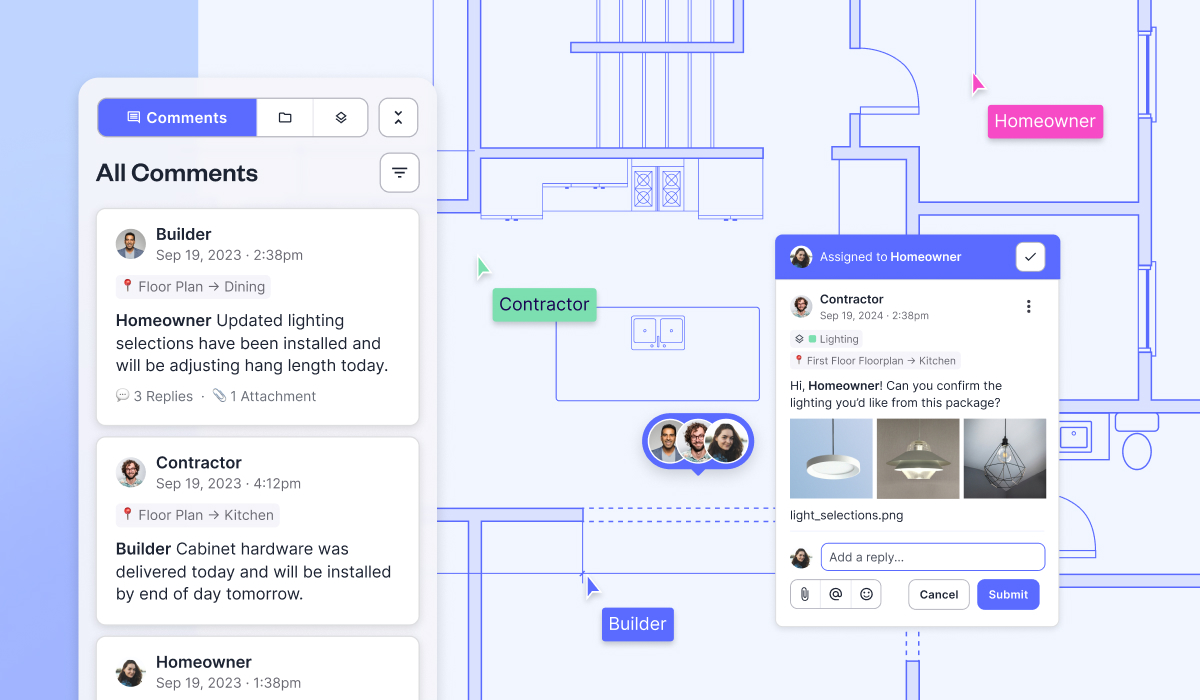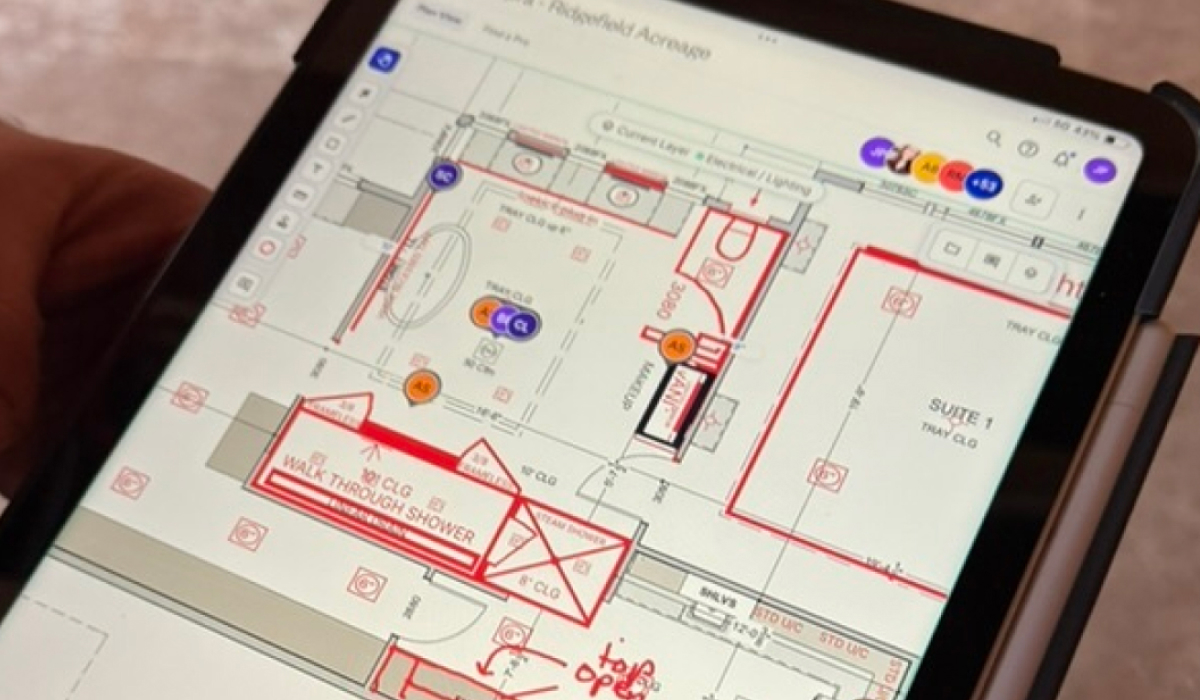Even with a full pipeline and a capable team, custom home projects can quickly get off track. Weather isn’t the only culprit. Delays often come from miscommunication, decision fatigue, or unexpected gaps in the process. And when one trade falls behind, the whole schedule starts to slip.
If you’re tired of apologizing for hold-ups that weren’t your fault (but still feel like your problem), you’re not alone. Let’s break down the most common reasons custom home builds get delayed, and how to stay ahead of them.
1. Selections Aren’t Finalized Early Enough
The delay: Homeowners often underestimate how many decisions they’ll need to make, and how quickly. When selections like tile, flooring, or fixtures aren’t confirmed in time, trades can’t move forward.
The fix: Establish clear deadlines for selections during pre-construction. Use a shared platform like Digs so homeowners can easily review, approve, and ask questions in one place. No more buried email chains or missing PDFs.

2. Change Orders Mid-Build
The delay: It’s inevitable. Clients change their minds. But mid-project changes require rework, which means pushing back other tasks, waiting on new materials, and possibly re-permitting.
The fix: Set the expectation early that changes cost time and money. When changes are necessary, track and approve them through a transparent system so everyone stays aligned on the impact.
Across projects, Richard Miller Custom Homes estimates this kind of real-time collaboration that Digs provides saves an estimated 6 to 8 hours per change order by eliminating follow-ups and in-person meetings. Read more here.

3. Poor Communication Between Teams
The delay: When information doesn’t flow between the field and the office, or from the GC to the trades, mistakes happen. And they usually require rework.
The fix: Ditch the patchwork of texts, voicemails, and drive folders. Centralize your communication with real-time updates so your subs, vendors, and clients are always working from the latest plan.

4. Permits or Inspections Get Held Up
The delay: Waiting on a city inspector or a missing permit can put your whole project on hold. These steps are out of your hands, but they can be planned around.
The fix: Build buffer time into your schedule and over-communicate with permitting offices. Keep documentation organized and accessible so you’re ready when the city is.
5. Materials Are Delayed or Out of Stock
The delay: Global supply chains aren’t what they used to be. If you don’t have materials on site when you need them, work slows or stops.
The fix: Confirm selections early and order long lead items as soon as possible. Track shipments and delivery windows in one place so you’re not scrambling to remember what’s arriving when.
6. Lack of Clarity Around the Build Plan
The delay: If trades show up and don’t know what they’re supposed to be doing, or if the plan has changed and they weren’t informed, you’ll waste time resetting.
The fix: Give every stakeholder access to updated floor plans, documentation, and notes. With Digs, updates automatically sync to the latest version so no one’s working off old plans.

7. Client Involvement is Inconsistent
The delay: Some homeowners want to be deeply involved. Others go dark for days or weeks, leaving approvals hanging.
The fix: Set clear expectations for client responsiveness early. Make it easy for them to log in, review updates, and ask questions without needing to call or email you directly.
Delays will always be part of building custom homes. But the more you can control the controllables, the better your margins (and reputation) will be. The right tools help you move faster, keep clients in the loop, and free up your team to do what they do best: build.
Digs is an AI-powered collaboration software built for homebuilders. From pre-con to aftercare, it keeps your team, trades, and clients aligned with one centralized workspace for decisions, documentation, digital handoff, and ongoing warranty support.
Unlock a happier home at Digs.com

